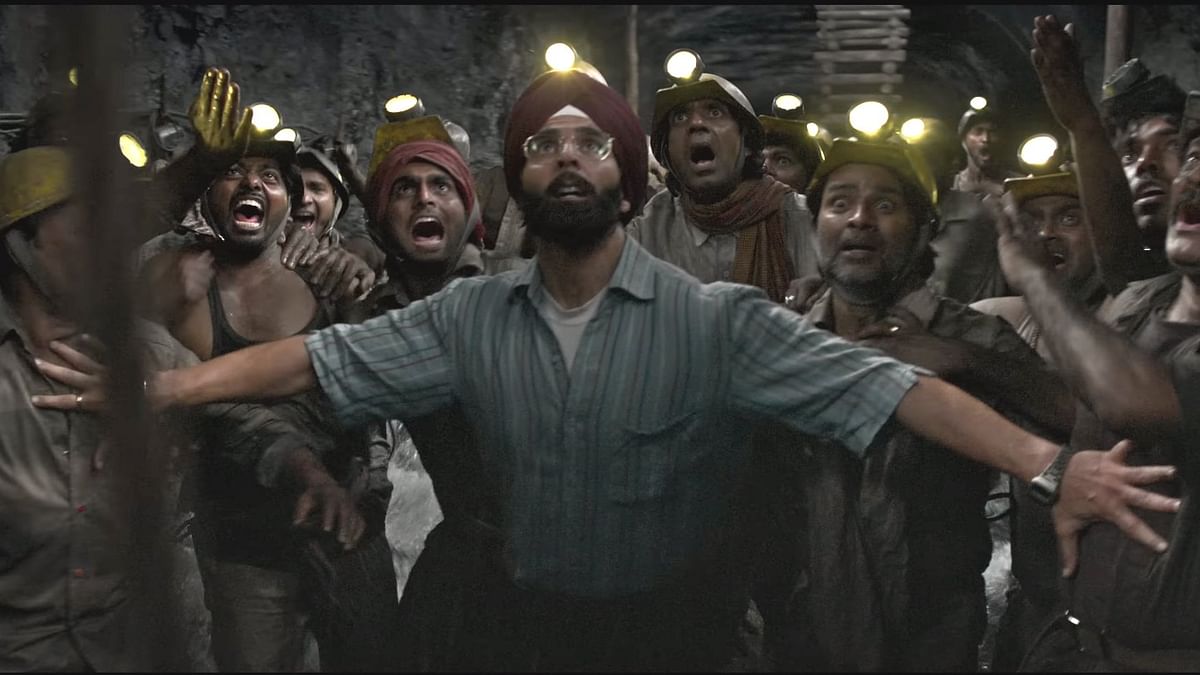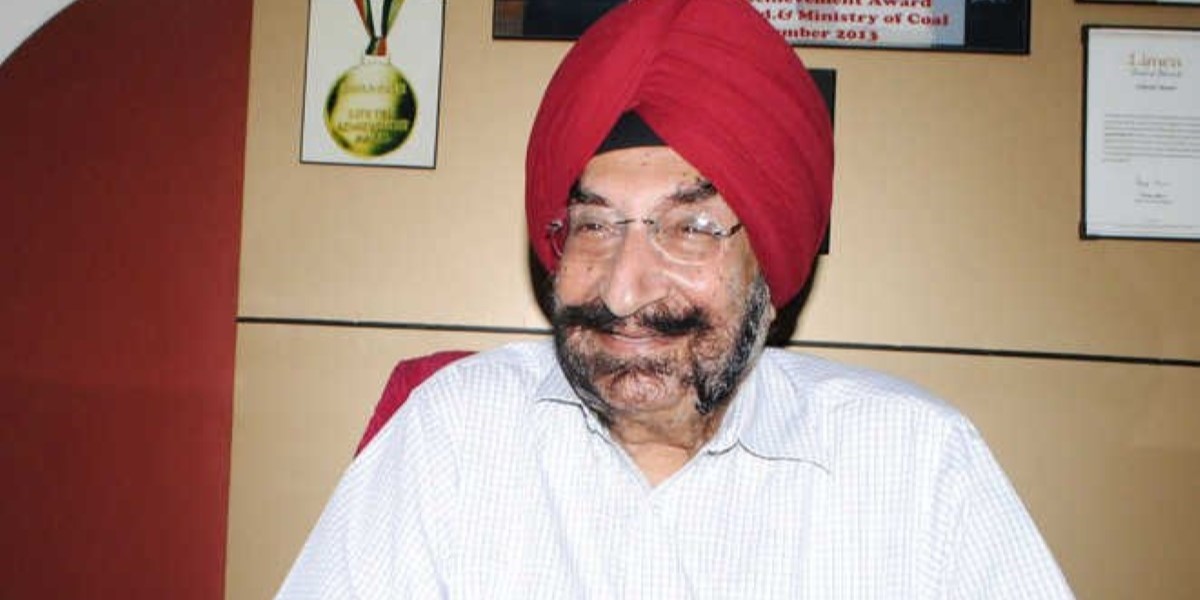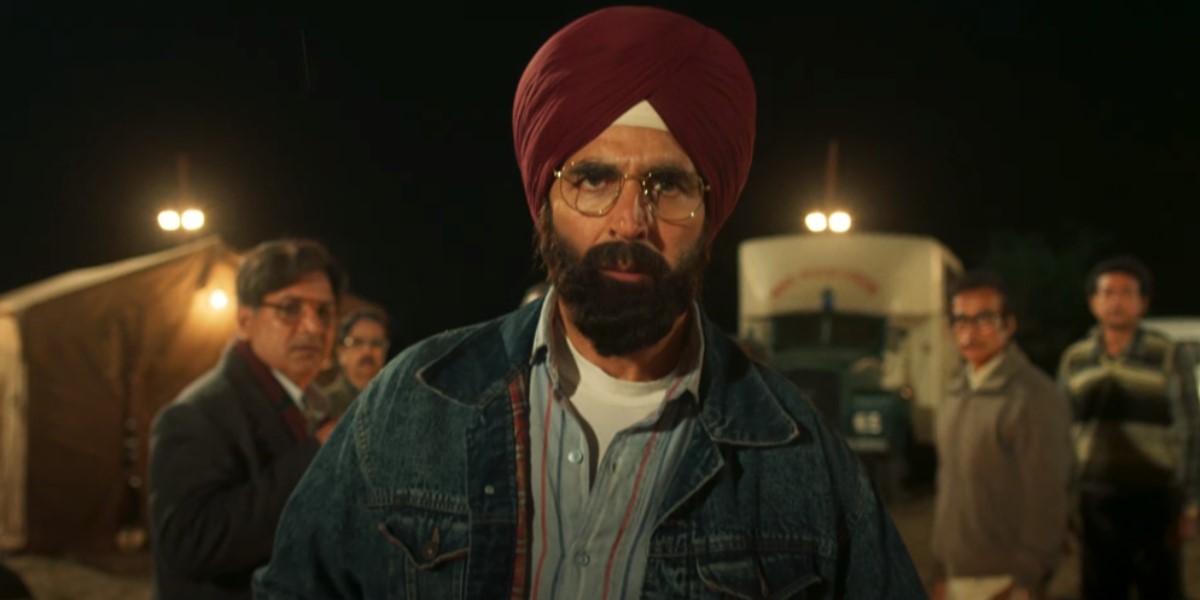Helmed by director Tinu Suresh Desai, ‘Mission Raniganj’ tells the story of a catastrophic mining accident trapping 65 miners deep underground; and a bright engineering mind who leads the rescue efforts. Jaswant Singh Gill is an unassuming engineer working for Coal India at a West Bengal Coalfield. When a mining explosion goes wrong, water floods the tunnels and leaves the miners in a subterranean prison. With management ready to assume the demise of the miners, and the trapped men’s friends and family mobbing together to demand immediate action, Jaswant Singh Gill emerges as a cool-headed voice of compassion and action.
Gill springs to action, but makes his preparation first, digging a borewell above the miners’ location and creating an ingenious steel capsule to rescue them one at a time. He puts his own life on the line, taking the reigns of the operation when strategic and swift leadership was direly required. Watching the heroics unfold in the film, you might ask yourself if the movie is based on a true story, and if it is, how faithfully has it adapted its source material?
Mission Raniganj is Based on a Real Incident
‘Mission Raniganj’ is based on the true story of the 1989 Raniganj Coalfields collapse in West Bengal, and Jaswant Singh Gill’s heroic efforts in saving the workers trapped in the mine. The film does take dramatic liberties with the story but largely stays true to the historical events as they transpired. The filmmakers were incredibly devoted to creating an authentic retelling of the story, building practical sets, looking through hundreds of hours of footage provided by Coal India, and conveying Jaswant Singh Gill’s leadership and plans accurately, albeit with slight dramatization.

Jaswant Singh Gill was an IIT Dhanbad engineer of ISM’s 1965 batch of Mining Engineering, hailing from Sathiala in Amritsar. He was the chief engineer overseeing the Raniganj coal mine in 1989. The mine was located in West Bengal and initially operated under the British Raj since 1820. The region was experiencing floods in 1989, and on November 13, a series of blasts within the mine meant to break coal veins ended up breaching the wall of an underground cavern adjacent to the mine. Water from the rupture flooded into the mine and instantly killed six miners. Of the 220 coal miners, those near the elevators were evacuated, leaving 65 of them with nowhere to go. The water level continued to rise, adding to the destability of the mine’s structure, making rescue efforts via conventional means nearly impossible.
This is where Jaswant Singh Gill stepped in with a never-before-tried plan to create a new avenue of escape for the trapped workers. He used the equipment available at the site to dig a bore straight down to the mine shaft. Next came the tricky part — to create a lift and raise them to safety. Given the narrow diameter of the spontaneously dug shaft, he created an iron capsule that was 6 feet high and 21 inches across. He then lowered the makeshift elevator into the bore using a 12-ton crane, manually extracting each worker for over 6 hours.
Just as the last man was lifted out of the mine, Gill felt an ineffable sensation as a crowd of over 20,000 watched on in gratitude. Each November 16, Coal India commemorates Rescue Day to pay tribute to Gill and his courageous actions. He was presented the Sarvottam Jeevan Raksha Padak by then President of India, Ramaswamy Venkataraman in recognition of his heroism, and a square on Majitha Road in Punjab stands named after him in honor of his heroism.
The film takes Gill’s incredible story into the mine, as the real hero had insisted on going personally in the capsule to save each and every miner. Regardless of being the supervisor and the brains of the operations, he took the crucial rescue effort into his own hands, despite opposition from senior officials of Coal India. The scenes of Gill within the mine have the most liberty for surface-level dramatization, but the director and producers behind ‘Mission Raniganj,’ seem to have spared no detail and expense in recreating the epic tale.
Surprisingly, the set used to convey the rescue operation was built as close to life as possible. They chose a site in Raniganj and dug the borehole to create a shaft about 50 feet deep just as Jaswant Singh Gill had done. They went further by creating the capsule and lowering the actors in it to the depth, recording the genuine fear in their eyes as they descended deep into the earth. Even the regular lift used by the miners to escape earlier in the film was created using five to six mining explosives to dig a 60-foot-deep well with assistance from Coal India. Therefore while ‘Mission Raniganj’ dramatizes elements of its story for cinematic effect, the movie is based entirely on the rescue efforts of Jaswant Singh Gill, with the filmmakers using every resource available at their disposal to create an authentic retelling of the virtuous tale.

Read More: Best True Story Movies on Amazon Prime


You must be logged in to post a comment.